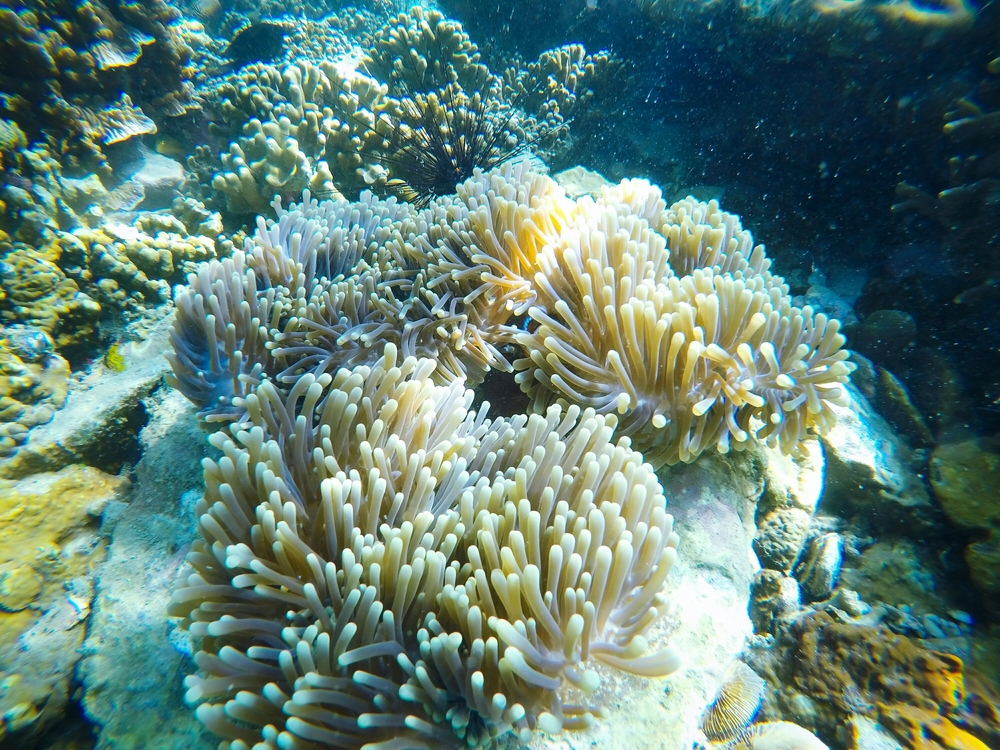
A marine animal without muscles or a heart may hold the key for researchers to discover how hearts can regenerate in humans and other animals.
Scientists from the University of Florida have found genes known to form heart cells in humans and other animals in the gut of a sea anemone that lacks both a heart and muscles.
The sea anemone has a unique ability to be cut into several pieces, causing each piece to regenerate into a new anemone.
The researchers found that the genes in the anemone interact with one another, which helps to explain its ability to regenerate.
This could lead to scientists discovering how to tweak communication between human genes and advance the ability to treat heart conditions and stimulate regenerative healing.
“Our study shows that if we learn more about the logic of how genes that give rise to heart cells talk to each other, muscle regeneration in humans might be possible,” Mark Martindale, a UF biology professor and director of the Whitney Lab for Marine Bioscience, said in a statement.
Heart genes generate lockdown loops in vertebrates and flies, meaning that once the genes are turned on they tell each other to stay on in an animal’s cells for its entire lifetime. Animals with a lockdown on their genes do not grow new parts or use those cells for other functions.
“This ensures that heart cells always stay heart cells and cannot become any other type of cell,” Martindale said.
Lockdown loops do not exist in sea anemone embryos and the researchers suggest that is a mechanism for why the gut cells expressing heart genes in sea anemones can turn into other kinds of cells, including those needed to regenerate damaged body parts.
Martindale said the idea that definitive muscle cells that are found in the majority of animals arose from a bifunctional gut tissue that had both absorptive and contractile properties. Sea anemone has gut tissue that does not look like a beating heart but does undergo slow, rhythmic peristaltic waves of contraction similar to the human digestive system.
“The idea is these genes have been around a long time and preceded the twitchy muscles that cover our skeleton,” Martindale said.
The study was published in the Proceedings of the National Academy of Sciences of the United States of America.




